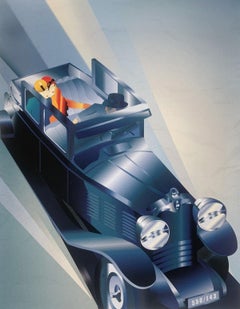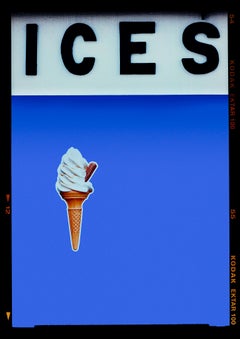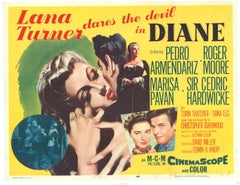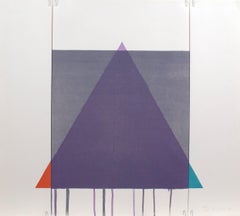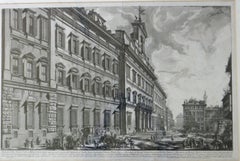Medium More Prints
20th Century Other Art Style Figurative Prints
Paper, Screen
2010s Pop Art Color Photography
Photographic Paper, C Print, Color, Silver Gelatin
1990s Pop Art Abstract Prints
Color
1950s American Modern Portrait Prints
Offset
1970s Abstract Geometric Abstract Prints
Lithograph
1750s Realist More Prints
Etching
1980s Pop Art Color Photography
Photographic Paper, C Print, Color, Silver Gelatin
1910s American Realist Portrait Prints
Lithograph
Early 2000s Contemporary Color Photography
Photographic Paper, C Print, Color, Silver Gelatin
1990s Contemporary Landscape Prints
Lithograph
1970s Surrealist More Prints
Etching
1970s Photorealist More Prints
Screen
Early 2000s Op Art Abstract Prints
Lithograph, Offset
2010s Contemporary Color Photography
Photographic Paper, C Print, Color, Silver Gelatin
1960s Surrealist More Prints
Lithograph
1980s Contemporary Landscape Prints
Lithograph
1970s Surrealist More Prints
Lithograph
Late 20th Century Other Art Style Landscape Prints
Etching
21st Century and Contemporary Pop Art Color Photography
Photographic Paper, C Print, Color, Silver Gelatin
1970s Realist Landscape Prints
Lithograph
2010s Contemporary Abstract Prints
Giclée
Late 20th Century Surrealist Landscape Prints
Screen
2010s Pop Art Color Photography
Photographic Paper, C Print, Color, Silver Gelatin
2010s Pop Art Color Photography
Photographic Paper, C Print, Color, Silver Gelatin
21st Century and Contemporary Pop Art Color Photography
Photographic Paper, C Print, Color, Silver Gelatin
1970s Surrealist More Prints
Etching
2010s Contemporary Color Photography
Photographic Paper, C Print, Color, Silver Gelatin
2010s Contemporary Color Photography
Photographic Paper, C Print, Color, Silver Gelatin
Late 20th Century Modern Figurative Prints
Lithograph
2010s Pop Art Color Photography
Photographic Paper, C Print, Color, Silver Gelatin
1980s Surrealist Landscape Prints
Lithograph
1970s Color-Field More Prints
Screen
21st Century and Contemporary Contemporary Color Photography
Photographic Paper, C Print, Color, Silver Gelatin
2010s Pop Art Color Photography
Photographic Paper, C Print, Color, Silver Gelatin
1970s Abstract Abstract Prints
Etching
1990s American Modern Figurative Prints
Lithograph
Early 2000s Pop Art Color Photography
Photographic Paper, C Print, Color, Silver Gelatin
Early 2000s Abstract Abstract Prints
Paper, Woodcut
2010s Contemporary Color Photography
Photographic Paper, C Print, Color, Silver Gelatin
1960s Abstract Abstract Sculptures
Metal
2010s Contemporary Color Photography
Photographic Paper, C Print, Color, Silver Gelatin
21st Century and Contemporary Contemporary Color Photography
Photographic Paper, C Print, Color, Silver Gelatin
1970s Surrealist More Prints
Etching
1910s American Modern Figurative Prints
Lithograph
2010s Contemporary More Prints
Screen
1890s French School Figurative Prints
Lithograph
20th Century Naturalistic More Prints
Color
Late 20th Century American Impressionist Figurative Prints
Lithograph
Early 19th Century Naturalistic Landscape Prints
Lithograph
1960s American Modern Figurative Prints
Offset
1960s Abstract Expressionist Abstract Prints
Lithograph
2010s Pop Art Color Photography
Photographic Paper, C Print, Color, Silver Gelatin
1930s Modern More Prints
Lithograph
2010s Pop Art Color Photography
Photographic Paper, C Print, Color, Silver Gelatin
21st Century and Contemporary Pop Art Color Photography
Photographic Paper, C Print, Color, Silver Gelatin
Mid-20th Century American Realist More Prints
Lithograph
2010s Pop Art Color Photography
Photographic Paper, C Print, Color, Silver Gelatin
1970s Surrealist More Prints
Lithograph
2010s Contemporary Color Photography
Photographic Paper, C Print, Color, Silver Gelatin
1910s American Realist Figurative Prints
Lithograph
